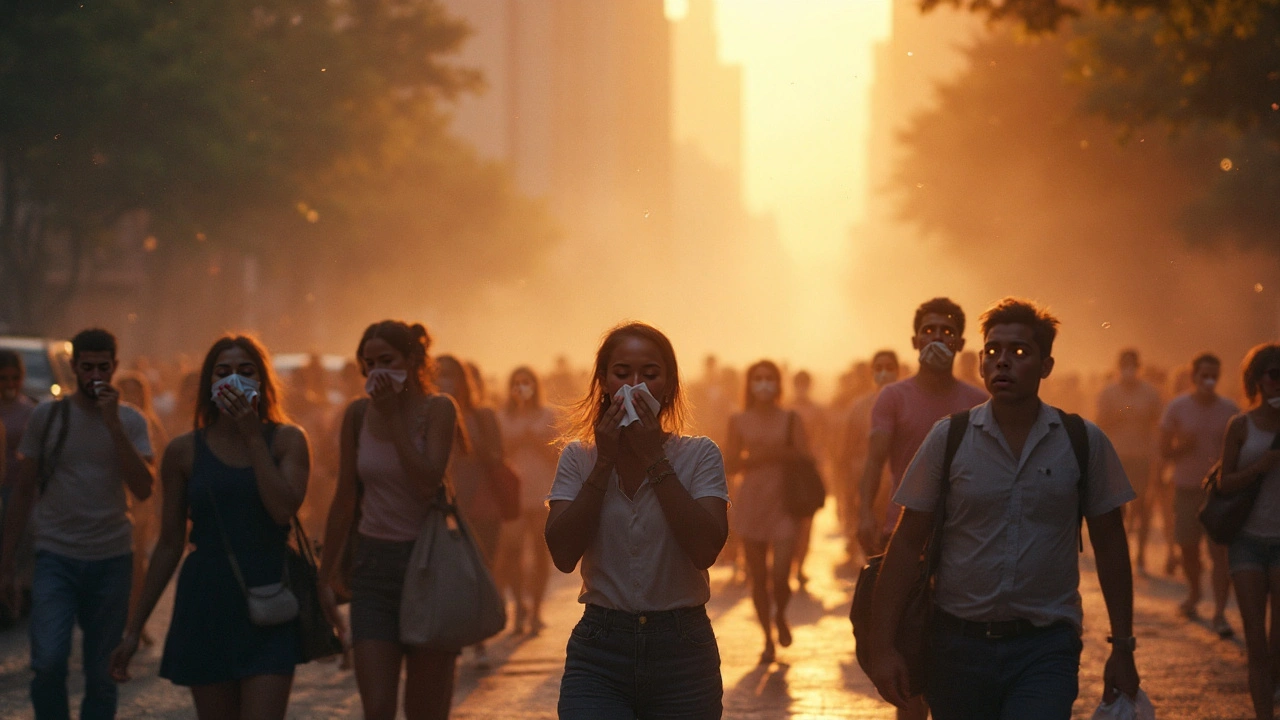Air Pollution Health – Why It Matters
Every time you step outside, tiny particles are riding the air you breathe. Those invisible bits can mess with your heart, lungs, and even your brain. If you’ve ever wondered why doctors keep talking about smog and asthma, you’re in the right place. Let’s break down the real effects and what you can do right now.
How Air Pollution Affects Your Body
First off, the main culprits are PM2.5 and PM10 – tiny dust‑like particles that slip deep into the lungs. Once there, they trigger inflammation, which can scar lung tissue over time. That’s why people who live in polluted cities often report chronic coughs or wheezing.
But the damage isn’t limited to breathing. Studies show that long‑term exposure raises the risk of heart attacks and strokes. The particles enter the bloodstream, making blood vessels stiff and increasing blood pressure. If you have a family history of cardiovascular disease, polluted air can push you closer to a problem.
Even your brain feels the hit. Recent research links high pollution levels to lower cognitive scores and a faster decline in memory for older adults. The theory is that inflammation in the blood reaches the brain and disrupts normal function.
Kids are especially vulnerable. Their lungs are still developing, so inhaling pollutants can lead to asthma that lasts a lifetime. Parents notice more nighttime coughing and school‑day absences in high‑traffic areas.
Practical Steps to Reduce Exposure
You can’t control the weather, but you can control how much of it you take in. Here are a few simple moves that add up:
1. Check the air‑quality index (AQI) before heading out. On apps or local news, the AQI tells you if it’s safe to jog outside or if you should stay indoors.
2. Keep windows closed during rush hour. If you live near a busy road, let the air out after traffic eases, usually late evening.
3. Use a HEPA filter at home. A portable air purifier can pull out most of the PM2.5 particles, giving you cleaner indoor air.
4. Wear a mask on high‑pollution days. Look for N95 or KN95 ratings—these trap the tiny particles that regular cloth masks miss.
5. Add indoor plants that actually filter air. While they’re not a magic solution, species like snake plant or peace lily can lower some volatile compounds.
Beyond personal habits, supporting community actions—like advocating for greener public transport or tree‑planting projects—helps shrink overall pollution levels.
Bottom line: Air pollution isn’t just a buzzword; it’s a genuine health threat that you can fight with everyday choices. Keep an eye on the AQI, protect your lungs with a mask or filter, and push for cleaner air in your neighborhood. Your heart, brain, and lungs will thank you.
How Climate Change Fuels Blocked Noses and Watery Eyes
Explore how rising temperatures, CO₂, and pollution boost pollen and irritants, driving a surge in nasal congestion and red, watery eyes worldwide.
